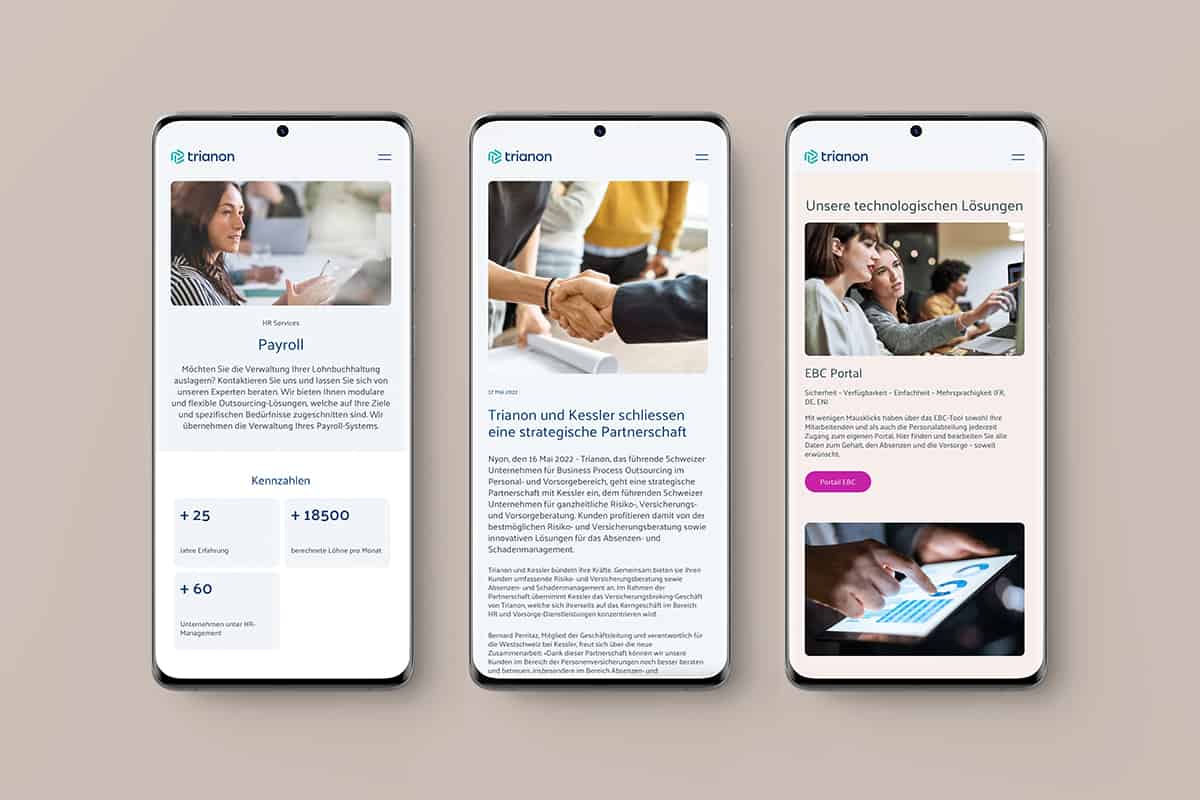Quality management solutions for social institutions
Working with people requires a completely different understanding of quality than in the manufacturing industry. Social, communicative and interpersonal goals are in the foreground, but at the same time social institutions must also meet business and legal requirements. A well-structured quality management system supports social service providers such as Lebenshilfen, welfare associations, daycare center operators or operators of other social facilities. Software-supported quality management saves [...]

Software-supported quality management saves time
The software solutions such as those from the German software manufacturer ConSense GmbH can make a contribution to making processes clearer and more efficient, clearly defining responsibilities and meeting documentation requirements. At the same time, the management system facilitates compliance with the standards and guidelines applicable to the respective facility. According to the manufacturer, ConSense's software solutions have been developed with a special focus on user-friendliness and the mapping of realistic processes. Employees can navigate quickly and intuitively on the clear interface, and a comprehensive search function guides them directly to the desired content. ConSense's QM software enables complete electronic QM documentation with automated, intelligent document routing. Further automations, such as the targeted distribution of information, the request for acknowledgement and the revision and archiving of documents, significantly reduce the administrative effort for employees. At the same time, the software offers integrated process management including a process editor for simple and fast process modeling. This simplifies the continuous improvement of processes and the transparency and clarity of documentation increase.QM software for social institutions with many locations
According to the manufacturer, the management system software solutions mentioned here are suitable for organizations of any size. With a wide range of functions, interfaces and configuration options, they can be optimally adapted to the needs of the respective facility, it says. The ConSense IMS ENTERPRISE solution is suitable, for example, for setting up an integrated management system in facilities with multiple sites or complex organizational structures. All applicable standards and regulations are systematically mapped under a uniform interface and compliance with specifications is supported. In addition to the quality management standard DIN EN ISO 9001, many other standards or guidelines are also relevant in the social sector, for example DIN EN ISO 45001 (occupational health and safety), HACCP (hygiene concepts in relation to food) or DIN EN ISO 15224 (quality management in healthcare). The solutions for QM systems and integrated management systems from the Aachen-based software developer can additionally be supplemented as desired by modules, such as for measures management, audit management, training management and many more, and thus specifically tailored to the requirements of the organization.Easy roll-out, mobile deployment
The software solutions from ConSense can be introduced quickly and flexibly in the company. The web-based management system solution ConSense PORTAL, for which ConSense can also take over the hosting, also offers support for this. The web application simplifies and accelerates the roll-out compared to desktop applications. Since it can also be used on the move, it is particularly suitable for social institutions whose employees work with the system regardless of time and location. More information about the solutions described here: ConSense GmbH, AachenThis article originally appeared on m-q.ch - https://www.m-q.ch/de/qualitaetsmanagement-loesungen-fuer-soziale-einrichtungen/








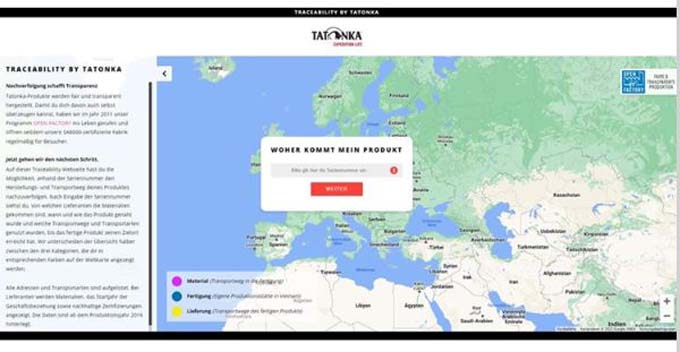

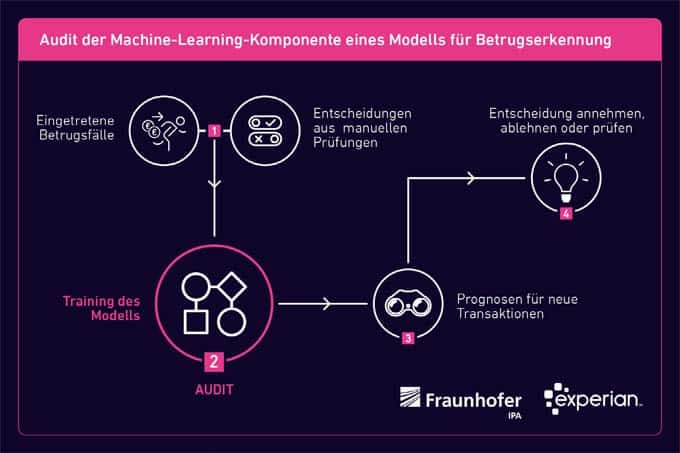

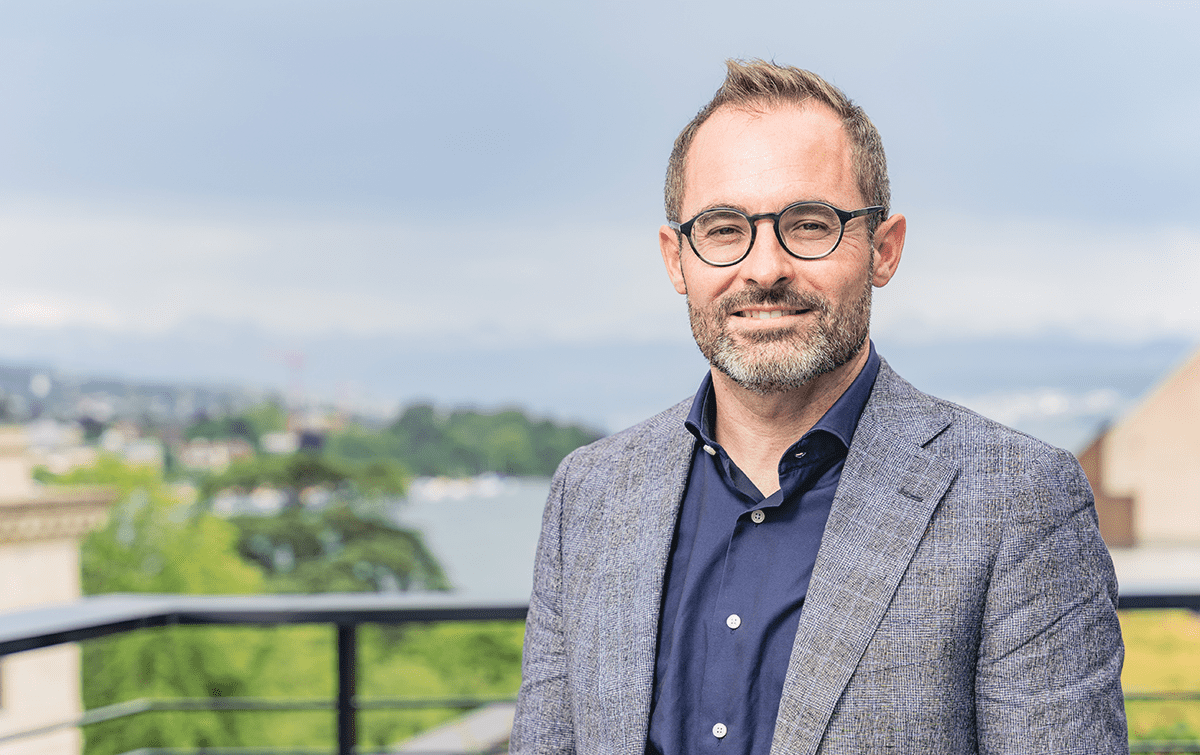

 Over the last five years, Erdmannpeisker developed the new packaging design for Dr. Oetker Switzerland's baking range and implemented it continuously. The authentic rejuvenation and emotionalization of the brand desired at the time, as well as differentiation from parallel imports, was significantly advanced by the packaging relaunch, because packaging is still the strongest communication channel in FMCG, Erdmannpeisker informs.
The relaunch process started with all desserts and decorative items. Now the heart of the product range, the baking ingredients, has also been adapted. According to Patrizia Mauro, Product Manager Cake & Dessert at Dr. Oetker Switzerland, this step was the logical consequence of the process that had already started, but nevertheless required a great deal of tact: "Baking ingredients are our top-selling segment and we didn't want to take too many risks with the relaunch. While we made some radical changes to other products, we had to exercise restraint with baking ingredients. The goal was to adapt the packaging design without moving too far away from the original design and thus not endangering recognition."
Sybille Erdmann and Gabriel Peisker from Erdmannpeisker also look back on a successful project completion: "When we pointed out the need for a packaging relaunch five years ago, it triggered more restraint than approval at Dr. Oetker. There was a lot of discussion about corporate guidelines, customer acceptance, and brand positioning. Even we would not have thought it possible at the time that we would end up relaunching the core range, i.e. baking ingredients. That's why we're all the happier now to see the entire range in the new look at the POS."
Over the last five years, Erdmannpeisker developed the new packaging design for Dr. Oetker Switzerland's baking range and implemented it continuously. The authentic rejuvenation and emotionalization of the brand desired at the time, as well as differentiation from parallel imports, was significantly advanced by the packaging relaunch, because packaging is still the strongest communication channel in FMCG, Erdmannpeisker informs.
The relaunch process started with all desserts and decorative items. Now the heart of the product range, the baking ingredients, has also been adapted. According to Patrizia Mauro, Product Manager Cake & Dessert at Dr. Oetker Switzerland, this step was the logical consequence of the process that had already started, but nevertheless required a great deal of tact: "Baking ingredients are our top-selling segment and we didn't want to take too many risks with the relaunch. While we made some radical changes to other products, we had to exercise restraint with baking ingredients. The goal was to adapt the packaging design without moving too far away from the original design and thus not endangering recognition."
Sybille Erdmann and Gabriel Peisker from Erdmannpeisker also look back on a successful project completion: "When we pointed out the need for a packaging relaunch five years ago, it triggered more restraint than approval at Dr. Oetker. There was a lot of discussion about corporate guidelines, customer acceptance, and brand positioning. Even we would not have thought it possible at the time that we would end up relaunching the core range, i.e. baking ingredients. That's why we're all the happier now to see the entire range in the new look at the POS."


 At the same time, Monday is no longer the most popular day for online shopping: we now prefer to store at digitec and Galaxus on Tuesday, Wednesday or Thursday. Fridays have also become less important for online retailing. And because we have already completed our errands in the evenings during the week, we have time for other things on the weekend.
At the same time, Monday is no longer the most popular day for online shopping: we now prefer to store at digitec and Galaxus on Tuesday, Wednesday or Thursday. Fridays have also become less important for online retailing. And because we have already completed our errands in the evenings during the week, we have time for other things on the weekend.
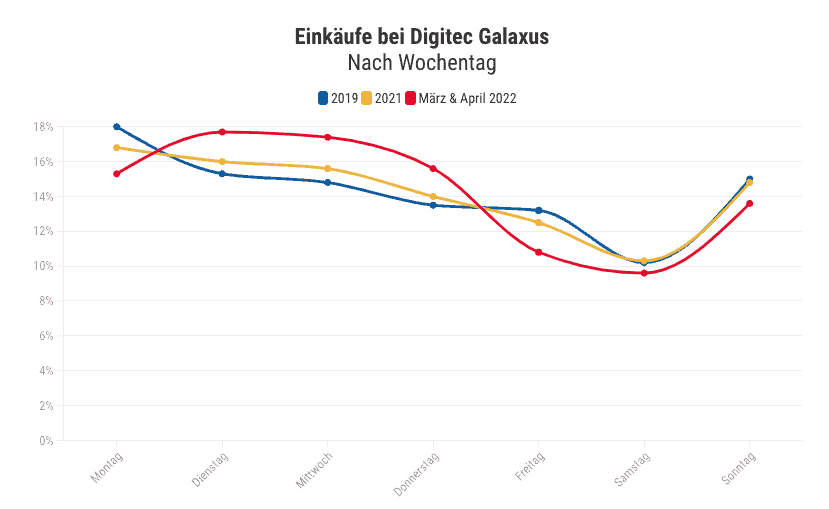 The trend toward online shopping in the evening goes hand in hand with the shift to mobile shopping: In April 2022, Digitec Galaxus customers made more purchases on their cell phones than on their computers for the first time.
The trend toward online shopping in the evening goes hand in hand with the shift to mobile shopping: In April 2022, Digitec Galaxus customers made more purchases on their cell phones than on their computers for the first time.



 The Swiss Epic in Graubünden is one of the world's biggest mountain bike stage races and part of the global "Epic Series™". With the support of the new title sponsor Spar, the "Spar Swiss Epic" is set to develop further and offer the 800 mountain bikers who travel to Graubünden for the race an even better experience.
The Swiss Epic in Graubünden is one of the world's biggest mountain bike stage races and part of the global "Epic Series™". With the support of the new title sponsor Spar, the "Spar Swiss Epic" is set to develop further and offer the 800 mountain bikers who travel to Graubünden for the race an even better experience.

 After the content-related brand positioning, Studio Thom Pfister developed a fresh, contemporary overall appearance for Trianon that corresponds to the company's brand essence.
After the content-related brand positioning, Studio Thom Pfister developed a fresh, contemporary overall appearance for Trianon that corresponds to the company's brand essence.

